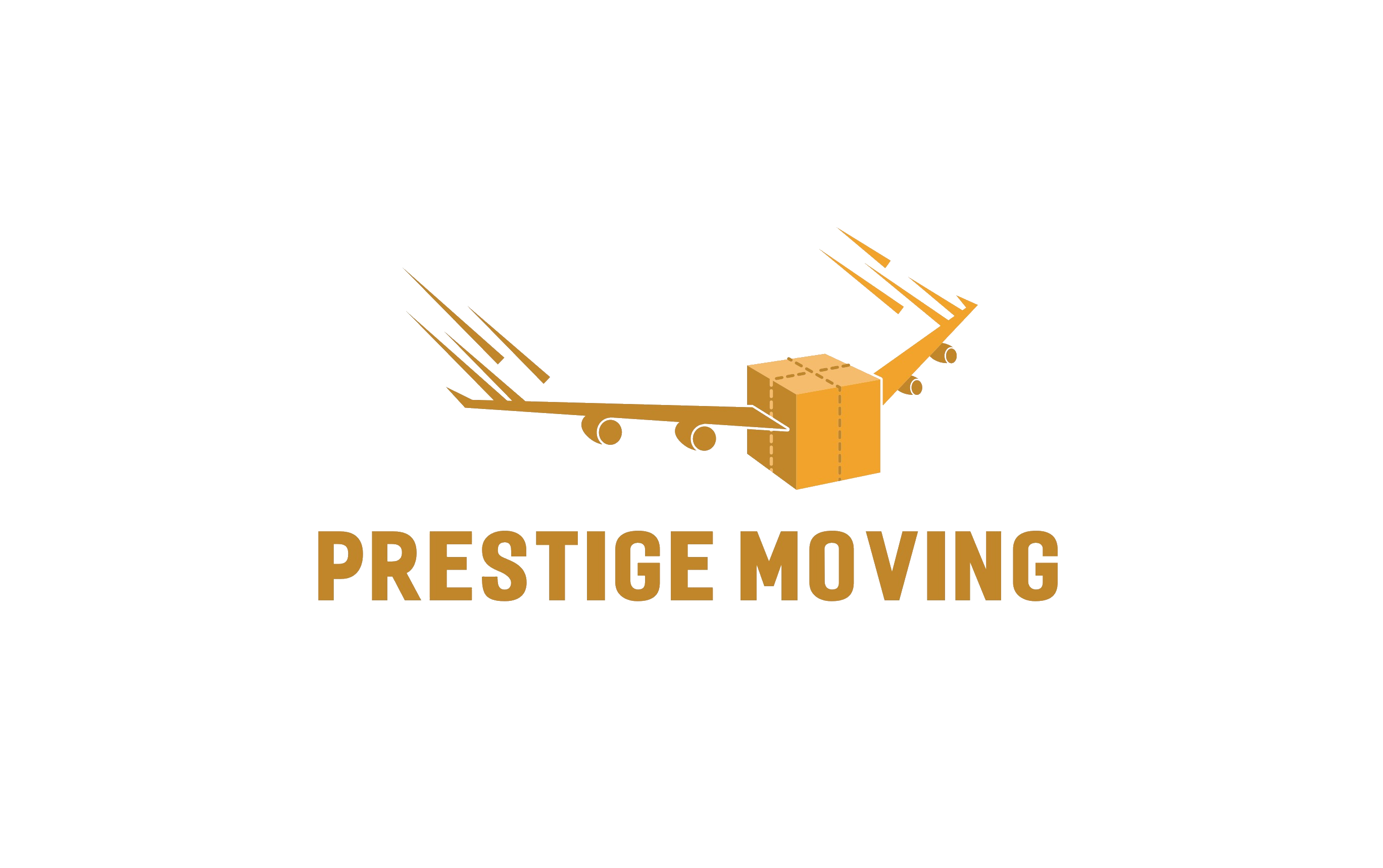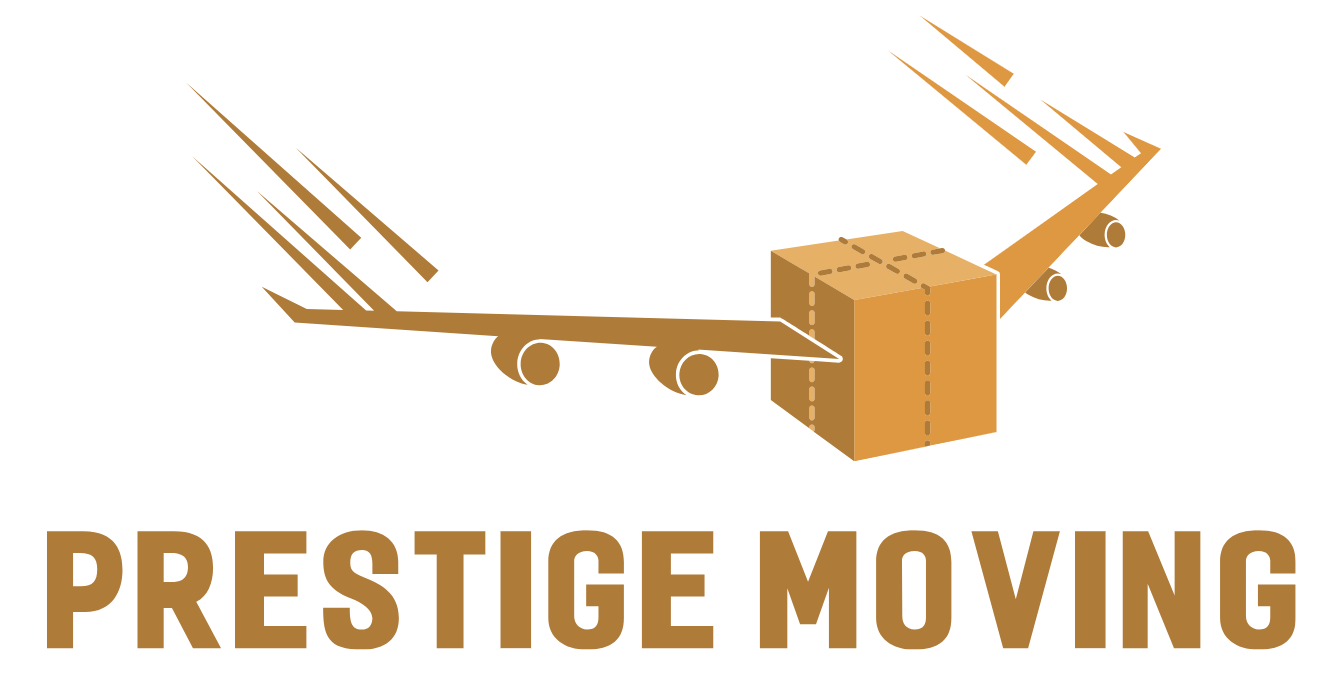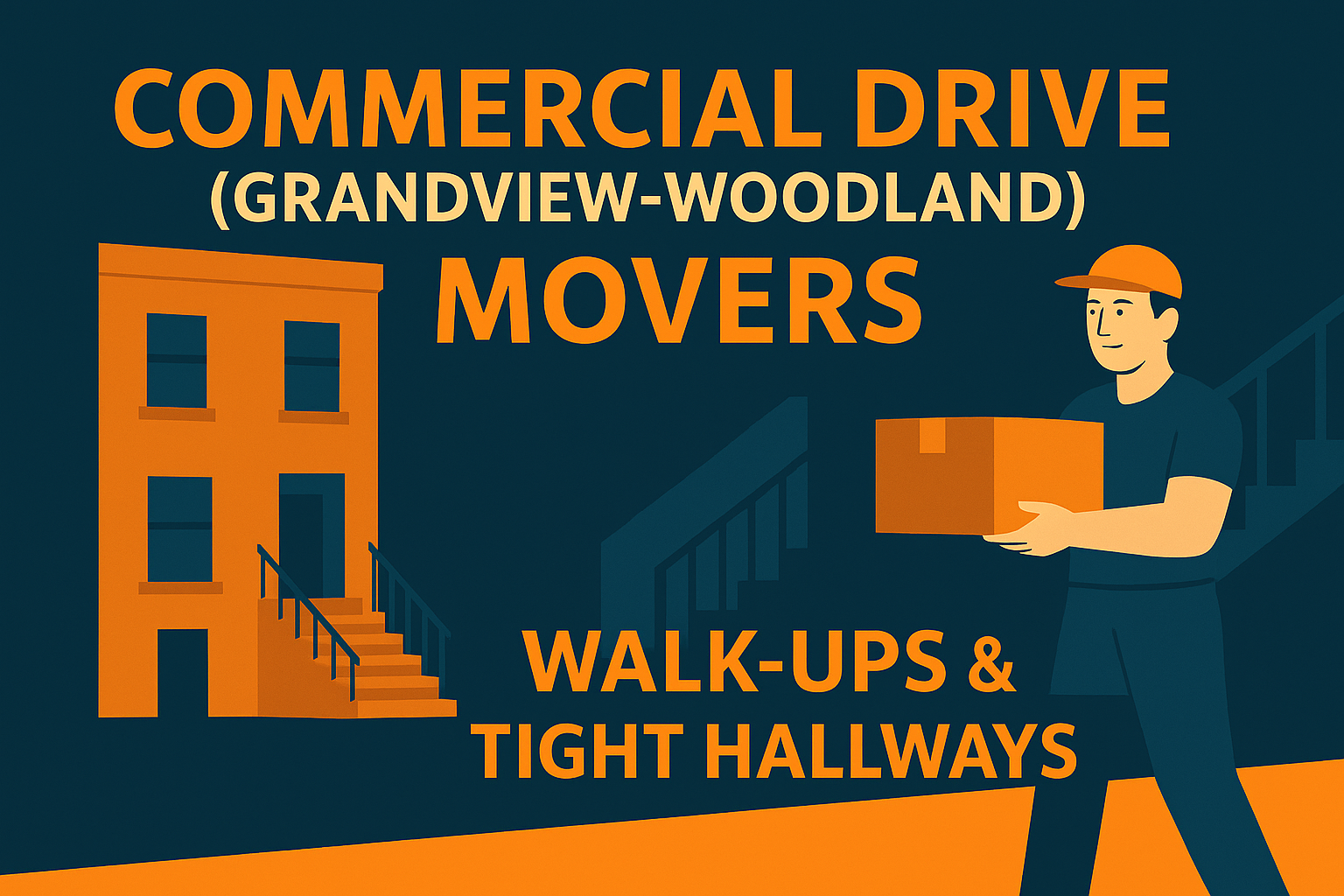Moving in Vancouver’s iconic Commercial Drive (Grandview-Woodland) neighbourhood comes with a unique set of challenges that only experienced movers understand. From narrow hallways to century-old character homes, and from tight staircases to limited parking along The Drive, every aspect of relocation in this neighbourhood demands precision, planning, and professional handling.
This guide delivers a comprehensive, industry-level breakdown of how Commercial Drive moves really work — with expert strategies for walk-ups, apartment buildings, heritage homes, logistics planning, and protecting your furniture during tough maneuvers. Whether you’re relocating a family home, a basement suite, a loft, or a small business near Commercial Drive, this article outlines everything needed for a smooth transition.
Throughout the article, you’ll find strategic internal links to trusted moving resources such as Ottawa’s Prestige Moving, whose guides (e.g., their popular resource on walk-ups, stairs & logistics) offer nation-wide relevance and professional insight. These references support best practices applicable to Canadian moves across major urban areas.
Why Moving in Commercial Drive Requires Specialized Expertise
Commercial Drive’s buildings were not built with large furniture or modern appliances in mind. Movers must work around:
- Older multi-level walk-ups
- Narrow front entrances and shared staircases
- Tight hallways and sharp corners
- Busy street traffic and limited parking
- Homes with delicate architectural features
- Multi-unit buildings with no elevators
It mirrors many challenges seen in dense Canadian neighbourhoods. One example is the strategy used by movers handling high-rise and walk-up relocations in Ottawa’s downtown core — something detailed in guides like the expert breakdown on local moves in Ottawa.
Professional movers trained for these environments use a combination of manpower, equipment, protective materials, and precision planning.
Understanding Walk-Up Buildings in Grandview-Woodland
What Makes Walk-Ups Harder Than Standard Apartment Moves
Walk-ups in Commercial Drive are typically 2–4 storeys with:
- Narrow staircases
- Low ceilings
- Sharp 90° corner turns
- Tight landings
- No elevator access
These conditions make it difficult to carry:
- Couches
- Armoires
- King or queen mattresses
- Wardrobes
- Large appliances
- Glass tables
- Oversized furniture
Professional teams use multi-person carry systems, harnesses, lifting straps, and stair climbers designed for narrow stepcases. Techniques used here are similar to specialty procedures outlined in guides such as professional antique furniture moving, which require careful padding, wrapping, and angle-based maneuvering.
Tight Hallways, Sharp Corners & The 3-Point Maneuver Strategy
Commercial Drive apartments are known for their awkward interior geometry. Even newer condo conversions often have narrow entrances and angular corridor layouts.
Movers must rely on the 3-Point Maneuver Strategy:
1. Pre-Mapping Every Hallway Turn
Professional movers inspect:
- Hallway width
- Wall length
- Turning angles
- Ceiling height
- Door swing direction
This reduces unnecessary attempts and prevents wall damage.
2. Furniture Angling, Tilting & Vertical Rotation
Large items are rotated vertically or carried at specific angles based on stair pitch and hallway width.
3. Padding and Protection Before Every Move
Walls and floors must be protected using:
- Door jamb protectors
- Corrugated wall guards
- Rubber floor runners
- Appliance blankets
These protective steps mirror Canada-wide moving industry standards and guidelines, as supported by resources like the Government of Canada’s public safety guide on moving safety.

Parking Logistics Along Commercial Drive
Parking is a major factor influencing the duration and cost of the move. The Drive is always busy — from breakfast at Abruzzo’s to late-night patios — and securing a spot near the building requires pre-planning.
Movers often must:
- Block off loading zones in advance
- Use cones or signage where permitted
- Park trucks on side streets with cart-based equipment
- Coordinate with building managers for reserved space
- Time arrival for low-traffic hours
This approach mirrors office-move efficiency strategies discussed in professional relocation guides like Commercial Moving Services, where timing and access control are essential.
Heritage Homes & Character Houses Near Commercial Drive
Commercial Drive has some of Vancouver’s most charming early-1900s homes. But these homes were not designed for modern furniture or scaled-up family belongings.
Challenges include:
- Fragile vintage banisters
- Narrow original staircases
- Low door heights
- Hardwood floors prone to scratching
- Uneven porches and exterior steps
- Hidden structural weak points
Professional movers supplement standard equipment with:
- Specialty padding for heritage wood
- Temporary floor coverings
- Crating for fragile items
- Precision carrying techniques
- Weight-controlled loading
If you’re transporting valuable antiques or delicate furniture, using methods similar to those in prestige antique moving services is essential.
Furniture Disassembly & Reassembly for Tight Spaces
Often, the only way to navigate tight hallways is to disassemble items:
- Bed frames
- Sectional sofas
- Dining tables
- Desks
- Wardrobes
- Bookshelves
Professional movers carry:
- Hex and torque tools
- Ratchets and sockets
- Labeling systems
- Protective bags for screws and hardware
This prevents breakage and ensures fast reassembly at the destination.
For large or fragile instruments like pianos — which sometimes appear in music studios around the Commercial Drive area — specialized guidance like that in piano moving services becomes relevant.
Packing for Walk-Up & Tight-Hallway Moves
Packing is one of the most critical steps in a Commercial Drive relocation.
Key packing strategies include:
- Using double-walled boxes for fragile items
- Wrapping every large item in thick blankets
- Using shrink-wrap to secure moving pads
- Packing dishes vertically
- Avoiding over-packed boxes for easier stair climbing
- Labeling by room and weight category
- Reinforcing box bottoms with tape
These strategies match best practices taught in professional Canadian moving resources such as Packing Service in Ottawa.
When Shuttle Trucks or Smaller Vans Are Needed
Many streets and alleys around Commercial Drive cannot accommodate a full-sized 26-ft moving truck. Movers often use a 2-part system:
- Shuttle Truck (Small Van)
- Used to access tight streets
- Carries individual loads to/from the main truck
- Main Truck (Parked Farther Away)
- Stores the large furniture and main household goods
This is standard practice in dense neighbourhoods nationwide, particularly with moves similar to Ottawa high-rise or walk-up relocations, as explained in guides like Door-to-Door Movers.
Protecting Your Belongings Through Tight Spaces
Equipment used by professionals:
- Heavy-duty moving blankets
- Bubble wrap
- Custom crating
- Mattress bags
- Shoulder-dolly systems
- Appliance dollies
- Rubber-grip gloves
- Stair climbing dollies
- Corner guards
Why this equipment matters:
Tight spaces amplify risk. A small miscalculation on a staircase or landing can result in:
- Wall dents
- Furniture scratches
- Broken bannisters
- Door frame damage
Protection is not optional — it is mandatory to ensure safe, insured transport. For a full breakdown of protection techniques, consider referencing Canadian resources like the official U.S.–Canada cross-border relocation planning guide at cbsa-asfc.gc.ca.
How to Save Money When Moving in Commercial Drive
Even complex moves can be optimized to reduce cost. Strategies include:
- Packing your own boxes ahead of time
- Reserving loading zones early
- Booking mid-week or non-peak hours
- Using movers who offer flat-rate walk-up pricing
- Decluttering before the move
- Moving non-fragile small items yourself
For further cost-saving strategies, the article on saving money when moving contains transferrable Canada-wide tips applicable to Commercial Drive relocations.
When to Book Professional Movers
Professional movers are essential when:
- Moving into/out of a walk-up
- Carrying oversized furniture
- You have antiques or fragile items
- Parking is complicated
- There are more than two floors
- You’re moving during peak Commercial Drive hours
- Tight hallways require expertise
- You want insured, damage-free transport
If you require precise planning and professional support, scheduling through the trusted booking system here:
👉 Book Your Move
FAQs
1. Are walk-up buildings more expensive to move into?
Yes. Walk-ups require more labour, time, and safety procedures. Many companies add stair or long-carry fees.
2. Can movers disassemble furniture to fit through tight spaces?
Absolutely. Professional movers carry the tools and expertise to take apart and reassemble furniture safely.
3. How can I prepare for a Commercial Drive walk-up move?
Start packing early, label boxes clearly, reserve parking, and clear stairways and hallways of obstacles.
4. Can movers handle fragile antiques or instruments in tight hallways?
Yes, especially if they follow specialized techniques similar to certified antique or piano movers.
5. What is the best time of day to move on Commercial Drive?
Early morning allows easier parking, less foot traffic, and fewer loading restrictions.


